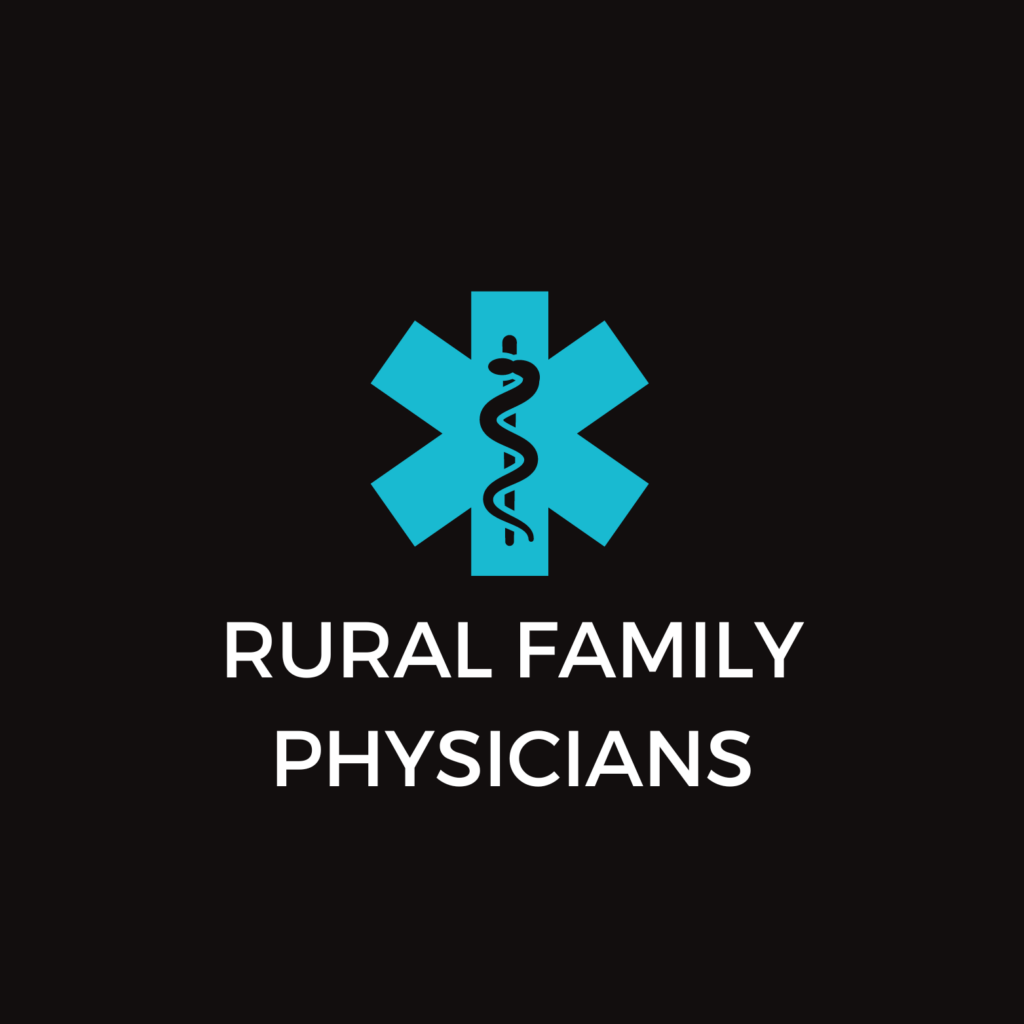CEO Update: Happy New Year! 2020 Snapshot Released!
 We have once again come to the start of a new year and each year I say to myself, where did the time go? I hope everyone enjoyed the holidays and had a little downtime to rejuvenate. At the beginning of the year, I always look forward to the release of our Snapshot of Rural Health and the 2020 edition has even more data than the 2019 version. My vision for the Snapshot is that each year we will continue to expand the data and add those hot topics so you have more resources at your disposal.
We have once again come to the start of a new year and each year I say to myself, where did the time go? I hope everyone enjoyed the holidays and had a little downtime to rejuvenate. At the beginning of the year, I always look forward to the release of our Snapshot of Rural Health and the 2020 edition has even more data than the 2019 version. My vision for the Snapshot is that each year we will continue to expand the data and add those hot topics so you have more resources at your disposal.
A few highlights from this year that are noteworthy:
Last year, HB19-1262 Universal Full-Day Kindergarten was passed. Funds are dedicated to 178 school districts, extending the option for full-day kindergarten to every family in Colorado. It also adds 5,100 pre-k slot in school districts. The largest enrollment increases for full-day kindergarten are expected in Morgan and Logan counties.
A section on Native Americans in Colorado was added noting that there are two federally recognized Tribes in Colorado, the Southern Ute Indian Tribe and the Ute Mountain Ute Tribe. There are about 56,000 American Indian and Alaska Natives in Colorado, which is 1.1 percent of the State’s total population. It is a shocking realization that more American Indian and Alaska Native Coloradans are living below the poverty level, more are uninsured, and diabetes is more prevalent compared to the total population.
Women in Colorado are highlighted noting that of the 18 Planned Parenthood locations, six are located in rural or frontier counties.
Undocumented immigrants in Colorado represent 27% of the state’s total uninsured and fear is driving this population to not seek preventive care.
High-speed internet access is improving for people who live in rural areas of Colorado. Coverage is reported to be up to 86% an increase of 3% from last October and the goal is 92% by June 2020.
Opioids continue to be a crisis in our country and sections on neonatal abstinence syndrome and naloxone data were added to help further understand the story in Colorado.
Climate change data was added to help show how these changes are impacting the health of the people across the state. Data shows that Colorado’s Eastern Plains are most at risk from potential harmful effects and Southeast Colorado had the state’s highest rates of emergency department visits due to heat-related illnesses, as well as 60 extreme heat days in 2017.
The section on payment was expanded to include a case study from a Colorado Rural Health Clinic and reflections on insurance costs, prescriptions, and the continued plight of rural hospital financial sustainability. In Colorado we have been fortunate to not have any rural hospital closures, however the number of our rural hospitals operating in the red continues to rise.
Finally, we have added ten additional maps that are great way of visually showing the data.
We hope that you find this resource of value and share it out widely. Click here to download the 2020 Snapshot





